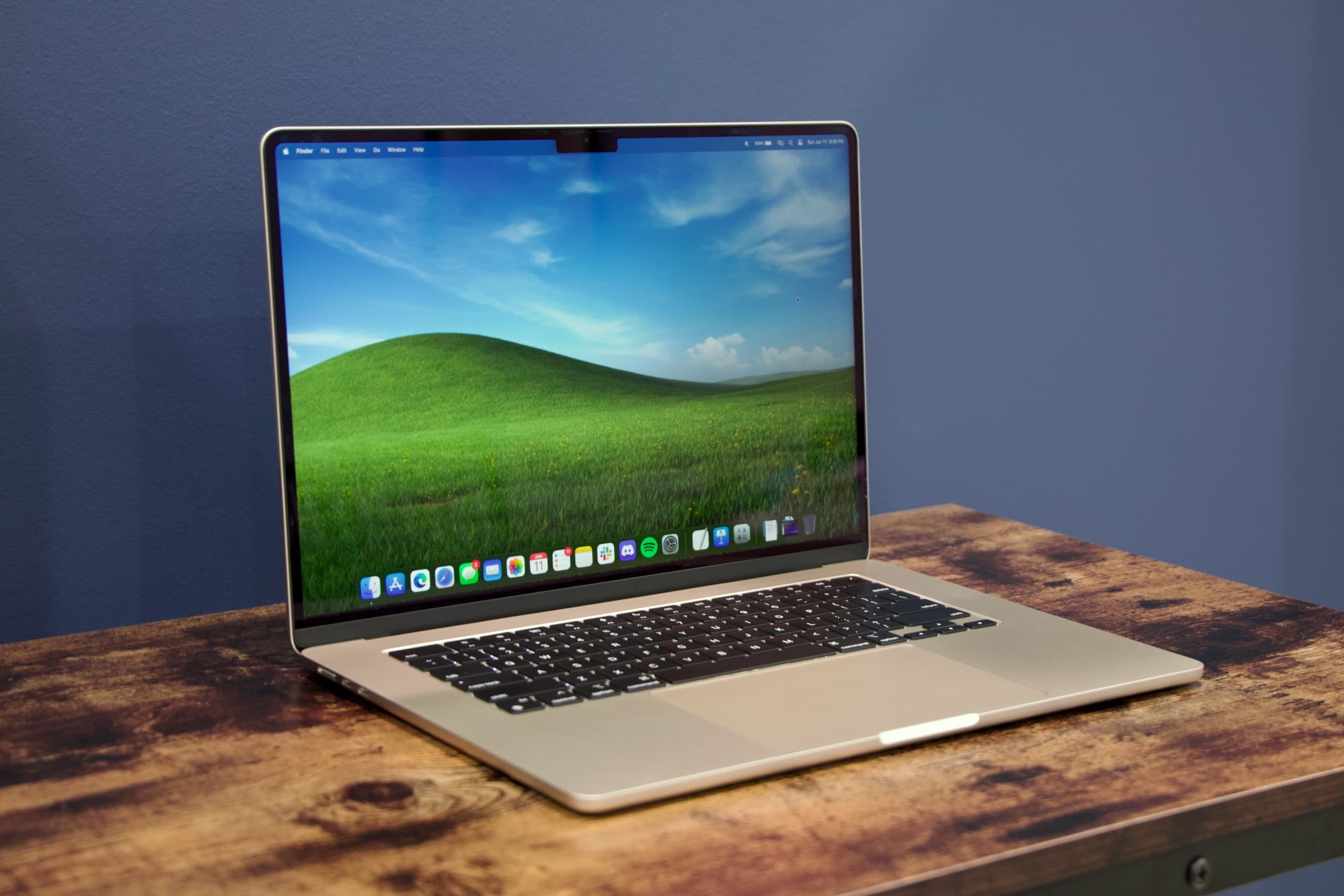Modern Apple laptops stand out for their high performance, excellent system optimization, and long battery life. However, even the newest MacBook can run out of power at the worst possible moment—especially if you’re away from an outlet or decide to spend the evening watching movies or enjoying some online entertainment. To increase battery life and stay independent from the charger, it’s essential to understand which processes consume the most power and how to monitor them. In this article, we’ll explore key methods of tracking power usage and ways to optimize it.
Why is monitoring power consumption important?
A MacBook can operate without recharging for 8 to 18 hours depending on the model and how it’s used. But real battery life is heavily influenced by what applications are running and how they interact with system resources. The battery drains especially fast when the processor and graphics card are under heavy load—for example, when multiple browser tabs are open, a video editor is running, and a VPN is turned on.
Even seemingly lightweight activities like visiting online casino or playing browser games can subtly consume power—especially if the site uses heavy graphics, video streaming, or pop-up animations. That’s why it’s important to keep an eye on power usage not only during professional tasks but also while enjoying everyday entertainment.
How to identify power-hungry processes on a MacBook
The quickest way to find out which apps are draining your battery is to use the built-in Activity Monitor. Go to the “Energy” tab to view all active processes and their respective power consumption levels. The higher the value in the “Energy Impact” column, the more power that app is using.
You can also see which apps are preventing your MacBook from going to sleep. For instance, if your browser keeps the system active due to video playback or animated tabs, it will be clearly indicated here.
In the top menu bar, the battery icon also reveals which apps are using significant power—just click on it, and you’ll get a list of “Apps Using Significant Energy.”
Optimizing applications and processes
If you want to extend battery life, start by disabling anything unnecessary. Close apps you’re not currently using, limit the number of open browser tabs, and pause background downloads. Also consider the following:
Enable automatic screen dimming during inactivity;
Turn off Bluetooth and Wi-Fi when not in use;
Switch your browser to reading mode when browsing—this reduces graphic load;
Lower screen brightness to a comfortable minimum.
In “Battery” settings (macOS Ventura and later), you can specify when the display should turn off and activate “Low Power Mode,” which reduces refresh rate and background activity.
Should you use third-party utilities?
There are third-party apps that let you monitor battery health and energy usage more closely. Tools like iStat Menus or coconutBattery offer detailed graphs, cycle counts, and health status. However, these apps can be resource-intensive themselves, especially when running continuously in the background.
If your main goal is to extend battery life rather than collect analytics, it’s better to rely on macOS’s built-in tools. They’re informative enough, lightweight, and provide exactly the kind of data needed for quick decisions.
Working on the go and offline usage
If you often use your MacBook on the go—on a train, in a café, or during business trips—it’s best to download needed content in advance and use offline apps. Even entertainment platforms like streaming services and online casinos sometimes offer offline modes or lightweight versions that are less resource-intensive. This helps save battery and avoids additional strain on your internet connection.
Also keep in mind that an unstable Wi-Fi signal can increase power usage: your system will continuously try to maintain the connection or search for new networks, which drains battery life quickly. If not needed, simply disable Wi-Fi.
Hardware settings and updates
One of the simplest yet often overlooked ways to extend battery life is by keeping your system updated. Apple regularly releases patches that optimize process behavior and improve hardware efficiency. An up-to-date macOS version means not only better security but also improved battery management.
Also keep an eye on your battery’s health: if your MacBook has been heavily used for several years, the battery’s capacity may degrade. You can check this in “Battery” settings—if it says “Service Recommended,” it might be time to consider a battery replacement at an authorized service center.
Conclusion
Extending your MacBook’s battery life is entirely possible—you just need to monitor power usage and manage your tasks efficiently. Attention to detail—like closing extra tabs, turning off unused features, or even postponing resource-heavy online entertainment while on the move—can significantly prolong battery life. This means you’ll stay connected longer, get more done, or simply relax—without rushing to find the nearest power outlet.




